Sexual Orientation
Learn about the different aspects of sexual orientation -- attraction, behavior and identity -- and the many ways people identify.
Dee
Who is Dee?Hi! I’m here to help you learn about sexual orientation. At its core, sexual orientation is all about attraction — who you’re drawn to, romantically and sexually. Most of us understand what it means to be gay or straight, but what about bisexual, asexual and pansexual? This section breaks down all that and more. Let’s get started…
The Basics
Learn what sexual orientation really is and the terminology currently used.
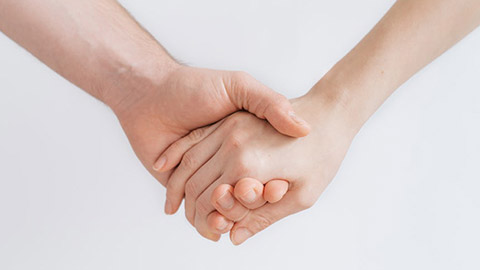
It all starts with attraction
There are three aspects to sexual orientation--attraction, behavior, and identity.
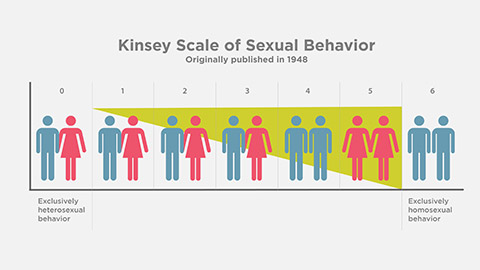
It’s not just gay or straight
Sexual orientations are diverse and occur along a continuum.
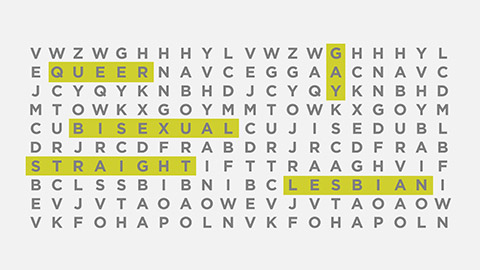
Terms to know
Vocabulary can shift over time. If you’re curious about some terms you’ve heard, here are a few to start with.
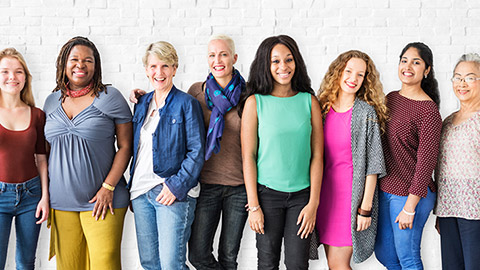
Are women the same as men?
Researchers are learning a lot from studying women’s sexual orientations, including the possibility that some people’s sexual orientations are more fluid than others.

How did you know you were gay?
Watch as two young women have a lively conversation about coming to terms with their sexual identity.
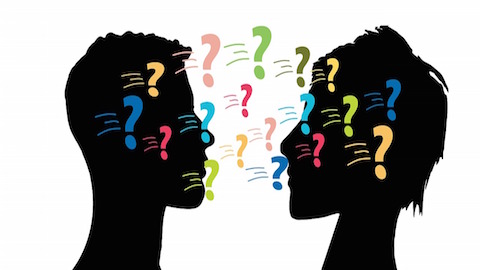
Conversion therapy
Explore what researchers are learning about the effects of conversion therapy.
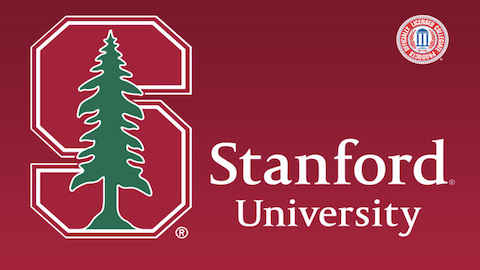
Asexuality research
Learn what scholars are exploring about the spectrum of asexuality.
Real people
Hear from people with a variety of sexual orientations as they talk about the lives and relationships.
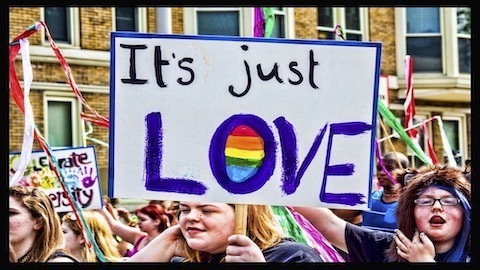
True love
Learn about the love stories behind landmark same-sex marriage rulings
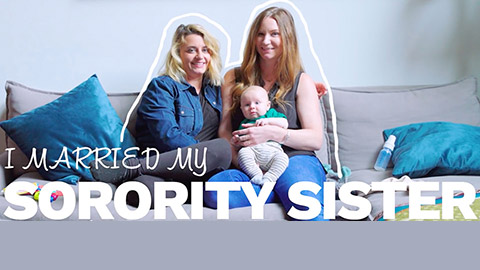
“I married my sorority sister”
Laura and Sam met and fell in love in their college sorority. Now they are married and raising a family.
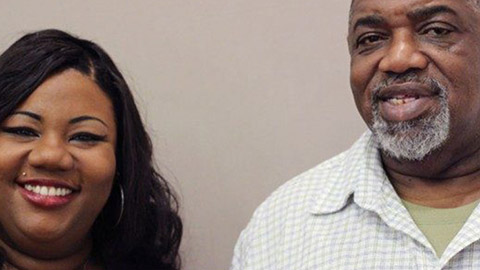
“It kinda threw me for a whammy.”
Deidra Robinson talks with her father about what happened to their once-close relationship when she told him she was gay.
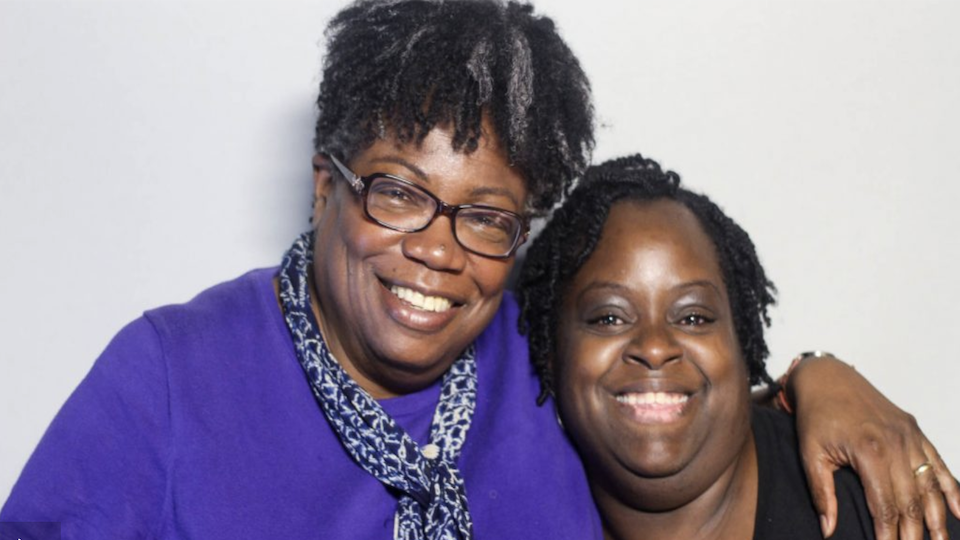
"Do I have to call you Mommy?"
Before she passed away from AIDS-related illness, Corinithia Isom's mother asked her good friends Kathleen and April to love and care for her daughter after she was gone.
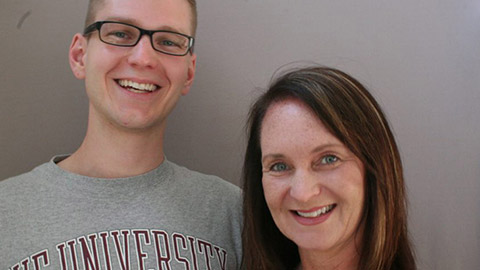
“I blamed myself”.
Samuel Taylor and his mother reflect on her struggles to come to terms with Samuel being gay.
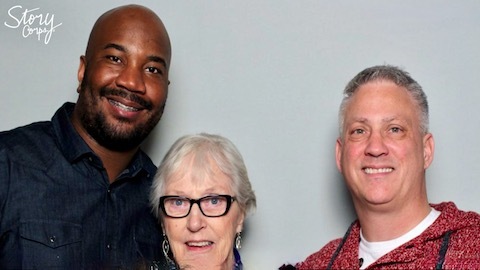
"I knew I was home"
Would you invite someone you had just met to come home with you for Christmas? That's exactly what Seth Smiley-Humphries did.

“In those days you served in silence.”
Denny Meyer recalls what it was like to hide that he was gay while serving in the Navy.
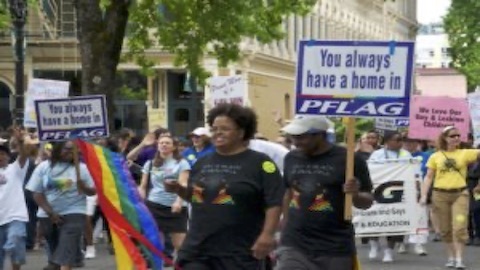
"It was always love"
LGBTQ+ African Americans and their families tell their stories.
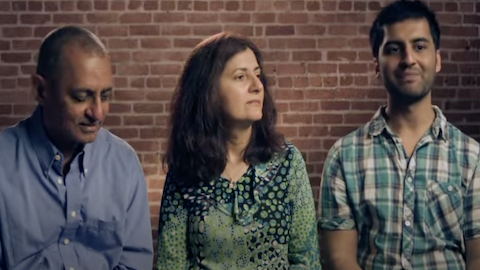
What understanding looks like
When the Kanijow family realized their son was gay, they didn’t disown him. They did this instead.
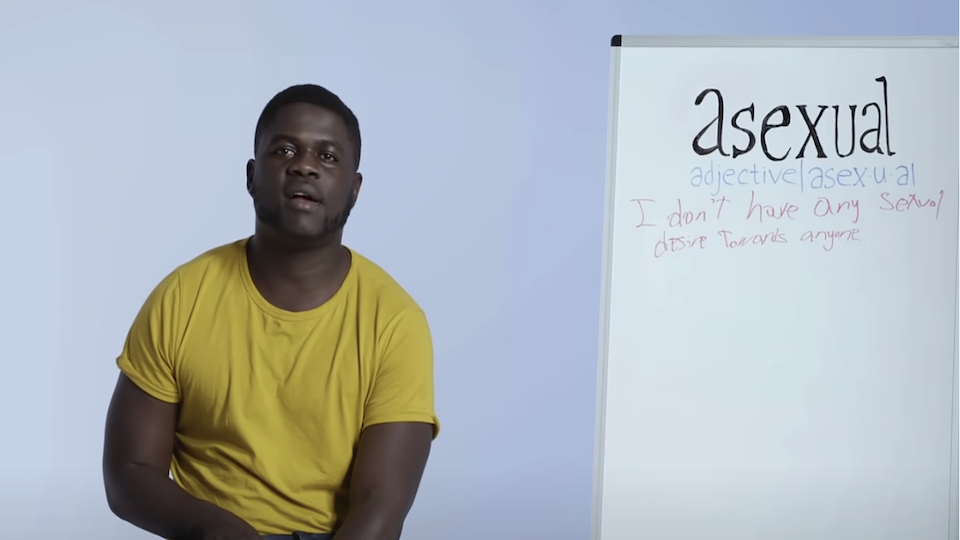
What it means to be asexual
What is it like to be asexual? It depends on who you ask.
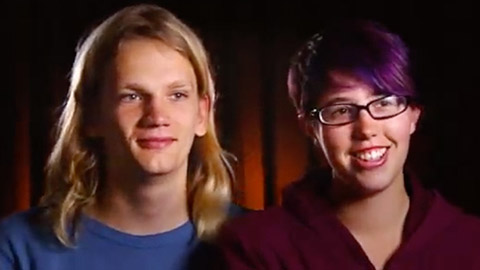
“Everyone is different”
Meet a young asexual couple and hear about their relationship—“a modern-day love story with a bit of a twist.”
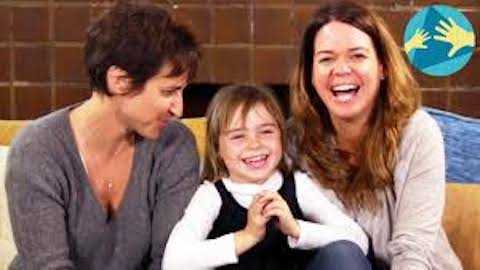
What makes a family?
What does family mean to you? That's the question posed to 2 same-sex couples and their young children.
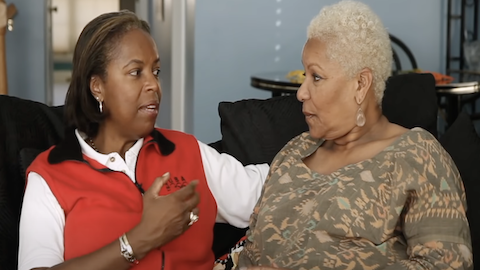
Wives for life
Meet Gail and Audrey, two highly successful women who share a deep love for one another.
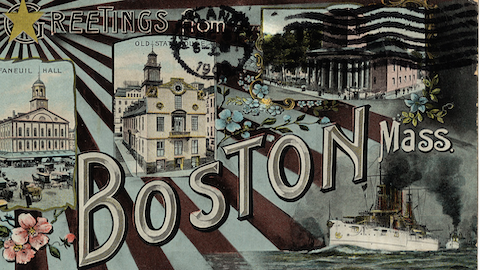
An appealing alternative
In the late 1800s, committed unions between two women—sometimes called Boston marriages--were socially acceptable. How was this possible more than a century before same-sex marriage was legalized?

Seeing is believing
"How can you believe in something you've never seen?" Janal Jordan makes LGBTQ+ love visible through the power his photography.

Things never to say to your gay friends
Olympic skier Gus Kenworthy and journalist Phillip Picardi share commonly asked questions that seem innocent but can actually be offensive and hurtful.
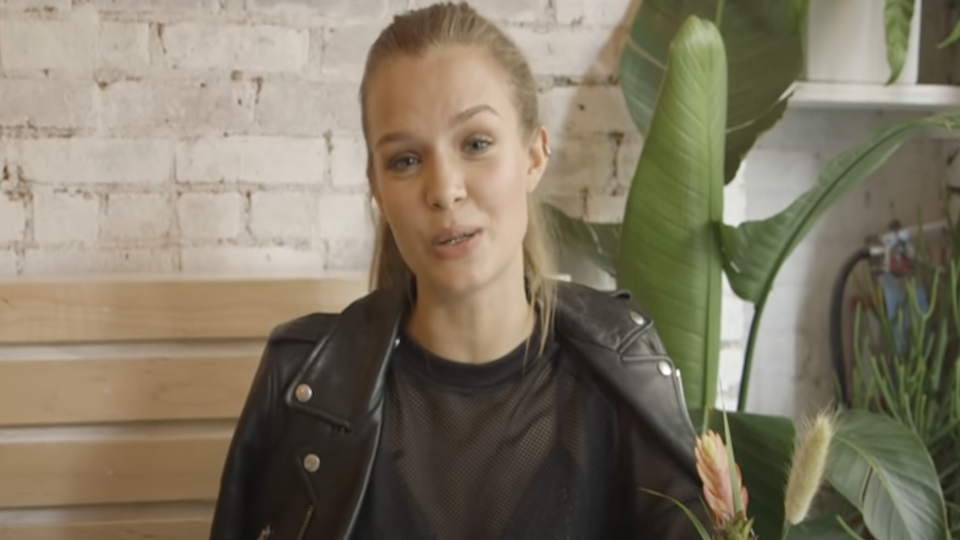
What not to say to kids with LGBTQ+ parents
Kids of LGBTQ+ parents receive a lot of questions, these are the ones to avoid.
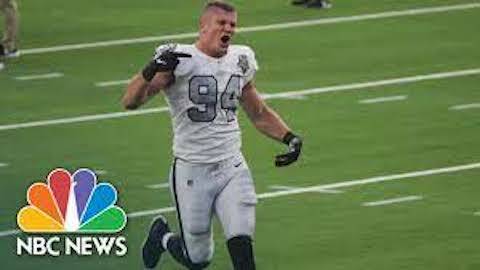
Taking the field
Carl Nassib is the first active NFL player to come out as gay. Check out this video by NBC News to learn more about how and why Nassib came out.

Ms. America
Watch America Chavez, the first lesbian, Latina superhero in action.

Lessons learned
Teacher John Byrne shares his story of coming out to his students and what happened next.
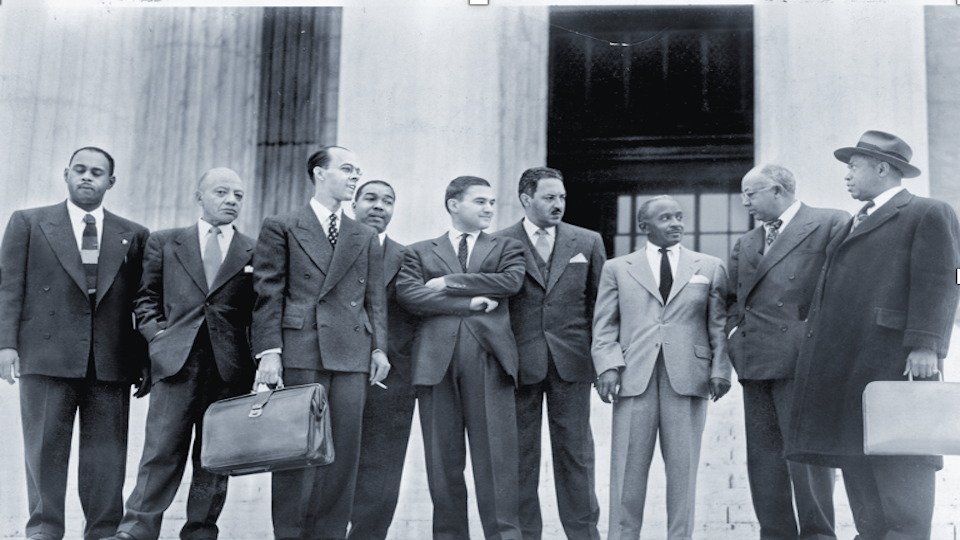
Reclaiming history
Bayard Rustin was one of the most important leaders of the American Civil Rights Movement. So why have so few people heard of him?
The Stats
Learn about the demographics of sexual orientation.
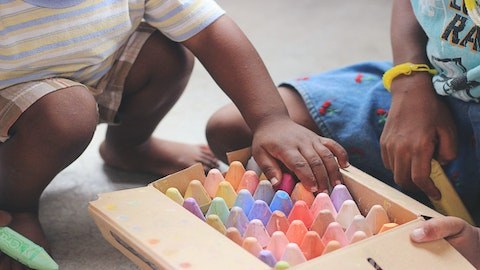
Growing up with LGBTQ+ parents
What happens when children are raised by gay or lesbian parents? Find out what the research says.
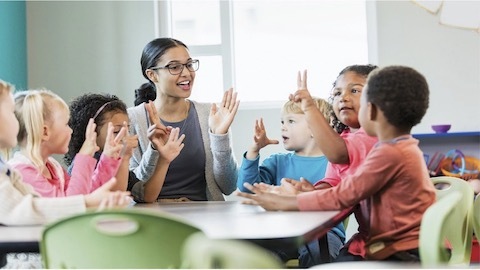
Raised by same-sex couples
Discover what researchers have to say about how children of same-sex couples are doing in school.
Glossary
Akoiromantic / Lithsexual
(Adj.) A sexual orientation in which an individual feels romantic attraction to others, but does not want these feelings reciprocated. Learn More
Allosexual
(Adj.) An umbrella term for people who experience sexual attraction. A person who is allosexual can identify as gay, lesbian, straight, bisexual or any other sexual orientation. Learn More
Asexual
(Adj.) Describes a person who does not experience any form of sexual attraction. People who identify as asexual may or may not experience emotional, physical, or romantic attraction. Asexuality is a sexual orientation distinct from a chosen behavior such as celibacy or sexual abstinence. Learn More
Attraction
(Noun) A feeling of interest in another person. Attraction can take different forms, including sexual, romantic, physical, emotional, and aesthetic attraction. Individuals may experience just one or multiple types of attraction for another person. Learn More
Bisexual
(Adj.) Refers to the sexual orientation of a person who experiences sexual, romantic, and/or emotional attraction to persons of more than one gender, not necessarily equally or at the same time, in the same way, or to the same degree. Also known as "bi". Distinct from pansexual, which refers to the capacity to be attracted to persons regardless of gender identity. Learn More
Boston Marriage
(Noun) Originated in New England during the late 1800s to describe a situation where two women lived together in a committed relationship. Boston marriages typically occurred between women who were college-educated and financially independent, thereby eliminating the need for male support. Learn More
Closeted
(Adj.) Describes a person who is not open about their sexual orientation, gender identity or status as an ally to the LGBTQ+ community, either totally or partially. Learn More
Coming Out
(Noun or Verb) The process in which a person first acknowledges, accepts and appreciates their sexual identity or gender identity and begins to share that with others. Learn More
Gay
(Adj.) Describes the sexual orientation of persons who are emotionally, sexually, and/or romantically attracted to persons of the same sex/gender. While the term is most often used to describe men, it can also be used more broadly to refer to both men and women (i.e., gay man, gay woman, gay people). Learn More
Gender
(Noun) A social construct used to classify a person as a man, woman, or some other identity and ascribe qualities of masculinity and femininity to people. Gender characteristics can change over time and vary between cultures. Learn More
Gender identity
(Noun) One’s deeply held, core sense of being a man, woman, or some other gender. A gender identity can be a combination of two or more genders (such as gender fluid), and some individuals don't identify with any gender at all--described as being agender. May or may not correspond with the sex or gender assigned at birth. Learn More
Graysexual
(Adj.) Describes someone who rarely experiences sexual attraction. Someone who is graysexual is on the asexual spectrum, meaning they are closely aligned with asexuality. Also known as gray asexuality. Learn More
Gynephilic/Gynosexual
(Adj.) Describes the attraction to females or femininity, regardless of one's own sex or gender identity (i.e., both heterosexual men and lesbian women could be described as gynephilic in their sexual attraction). Typically used within the field of behavioral science. Learn More
Heterosexual / Heterosexuality
(Adj.) (Adj./Noun) Describes a primary or exclusive sexual, emotional, and/or romantic attraction to a gender other than one's own. Typically this means a woman who is primarily attracted to men and vice versa. Also referred to as "straight". Learn More
Homosexual / Homosexuality
(Adj./Noun) Describes a primary or exclusive sexual, emotional, and/or romantic attraction to one’s own sex/gender. The term is considered outdated by many in the LGBTQ+ community but is still used in some research contexts. Learn More
Kinsey scale
(Noun) The scale developed by Alfred Kinsey in the 1940s, which was used for measuring sexual attraction and behavior along a continuum. Instead of assigning people to two categories—heterosexual and homosexual—Kinsey used a spectrum ranging from 0 (exclusively heterosexual) to 6 (exclusively homosexual). The scale is an early recognition of varying sexual attractions and behaviors and is credited with challenging the heterosexual/homosexual binary. Learn more
Lesbian
(Adj./Noun) Refers to the sexual orientation of women who are emotionally, sexually, and/or romantically attracted to women. Learn More
LGBTQ+
(Adj.) LGBTQ+ is an umbrella term used to refer to the community of sexual and gender minorities as a whole. The acronym stands for lesbian, gay, bisexual, transgender, and queer or questioning, with the "+" representing additional sexual orientations and gender identities, such as persons who are intersex or asexual. Learn More
MLM
(Adj.) Short for Men Loving Men. Refers to men who are romantically, emotionally and/or sexually attracted to other men. Originated and used most often within the Black community. Learn More
Monogamous
(Adj.)Describes a person who is romantically and/or sexually involved with only one person at a time. Learn More
Nonbinary Lesbian
(Adj.) Describes a nonbinary person whose primary romantic, emotional and/or sexual attraction is to women. Learn More
Pansexual
(Adj.) Describes the capacity to experience sexual, romantic and emotional attraction to an individual regardless of gender. Persons who identify as pansexual sometimes describe themselves as "gender blind"--that is, gender does not factor into attraction for them. More expansive than the term bisexual, which typically refers to attraction to more than one--but not necessarily all--genders. In fact, the prefix pan-, which comes from the Greek language, means “relating to the whole of the universe.” Learn More
Plurisexual
(Adj) An umbrella term for persons who experience attraction to more than one gender. Identities such as bisexual, pansexual, and queer fall under this category. Learn more
Polyromantic
(Adj.) Describes a person who experiences romantic attraction towards multiple but not all genders. Learn More
Queer
(Adj.) Alternative term to LGBTQ+. An umbrella term for anyone who does not identify as heterosexual. Historically a negative term and insult, queer is being reclaimed by many LGBTQ+ people—particularly youth—as a source of pride and political identity. The term is valued by some for its defiance, by some because it can be inclusive of the entire community, and by others who find it to be an appropriate term to describe their more fluid identities. “Queer” is still disliked by some people in the LGBTQ+ community and its use by straight people can be considered offensive. Due to its varying meanings, this word should only be used when self-identifying or quoting someone who self-identifies as queer (i.e. “My cousin identifies as queer.”) Learn More
Questioning
(Adj.)Describes the process of discovery and exploration about sexual orientation, gender identity, gender expression, or a combination thereof. Can be an aspect of adolescence as young people explore various facets of their identity.
Learn More
Romantic Attraction
(Noun) Refers to the desire to engage in romantic behavior such as dating and relationships with another person or persons. Can exist independently or alongside other attractions, such as emotional, sexual and/or aesthetic attraction. Learn More
Romantic Identity
(Noun) The way a person identifies in relation to their romantic attractions. For instance, a person might identify as heteroromantic, panromantic or aromantic. Learn More
Romantic Orientation
(Noun) A way of characterizing a person's identity vis-à-vis romantic attractions, behavior and identity. Learn More
Sapphic
(Adj.) Drawn from the Greek lesbian poet Sappho’s name, sapphic is an inclusive umbrella term used to describe a woman or non-binary person of any sexual orientation (bisexual, lesbian, pansexual, or queer) who is attracted to other women. Learn More
Sex / Sex assigned at birth / Biological sex
(Noun) A person's sex (male, female, or intersex) is often determined based on the appearance of the genitalia, either in ultrasound or at birth. In reality, biological sex is more complicated, referring to a combination of anatomical, physiological, genetic, and physical attributes. These include genitalia, gonads, hormone levels, hormone receptors, chromosomes, genes, and secondary sex characteristics. The phrase "sex assigned at birth" is used by some to emphasize that genitalia alone are not always a sufficient indication of a person's sex, as well as the fact that a person's gender identity is not always aligned with the sex characteristics observed at birth. Learn More
Sexuality
(Noun) The components of a person that include their biological sex, sexual orientation, sexual behaviors, etc. Learn More
Sexual Attraction
(Noun) Refers to the desire to engage in sexual behavior or make sexual contact with another person or persons. Learn More
Sexual identity
(Noun) The way a person views and understands their sexual orientation, such as gay, straight, bisexual, or some other orientation. Learn More
Sexual orientation
(Noun) Commonly used to refer to who we are or are not attracted to -- sexually, romantically, and emotionally--the relationships we have, and how we personally identify. Sometimes used more narrowly to refer to sexual attraction, behavior and identity. Attraction and behavior do not always define a person's sexual orientation. (e.g. a man who has sex with men may not identify as gay). Learn More
SOGI
(Abbreviation) Short for Sexual Orientation and Gender Identity. More commonly written than spoken.
Straight
(Adj.) Another term for heterosexual. Refers to the sexual, emotional, and/or romantic attraction to a gender other than one's own. Typically this means a woman who is primarily attracted to men and vice versa. Learn More
T4T
(Adj.) Short for Trans 4 Trans. Describes a transgender person who is exclusively attracted to other transgender persons. T4T relationships allow transgender persons to relate to one another without having to explain their identity or experiences. Only those who are transgender or non-cisgender can identify with this term. Learn More
Transgender / Trans*
(Adj.) Describes a person whose gender identity does not match their sex characteristics observed at birth. People who identify as transgender (sometimes shortened to "trans") may or may not decide to alter their bodies hormonally and/or surgically to match their gender identity. This word is also sometimes used as a broad umbrella term to describe those who transcend conventional expectations of gender identity or expression, such as people who identify as genderqueer, gender variant, gender diverse, or androgynous. Learn More
Transromantic
(Adj.) Describes a person who experiences romantic attraction to individuals whom they perceive to be transgender. Learn More
WLW
WLW (Adj.) Short for Women Loving Women. Refers to women who are romantically, emotionally and/or sexually attracted to other women. Can also include bisexual, pansexual or otherwise same-gender loving women. Originated and used most often within the Black community. Learn More
Explore More Topics
Citations & Sources
American Psychological Association. (2012). Guidelines for psychological practice with lesbian, gay, and bisexual clients. American Psychologist, 67(1), 10–42. http://www.apa.org/pubs/journals/features/amp-a0024659.pdf
Beaulieu-Prevost, D. & Fortin, M. (2015). The measurement of sexual orientation: Historical background and current practices. Sexologies 24(1), 29-34. https://www.sciencedirect.com/science/article/pii/S1158136014000656
Buzzfeed. (2017, July 27). How did you know you were gay? [Video]. YouTube. https://www.youtube.com/watch?v=fwKm0XUQ6e0
Carrillo, H. & Hoffman, A. (2018). Straight with a pinch of bi: The construction of heterosexuality as an elastic category among adult US men. Sexualities, 21(1-2), 90-108. http://journals.sagepub.com/doi/pdf/10.1177/1363460716678561
Copen, C.E., Chandra, A., & Febo-Vazquez, I. (2016). Sexual behavior, sexual attraction, and sexual orientation among adults aged 18–44 in the United States: data from the 2011–2013 National Survey of Family Growth. CDC: National Health Statistics Report, 88. https://www.cdc.gov/nchs//data/nhsr/nhsr088.pdf
Cornell University. (2017, December). What does the scholarly research say about the well-being of children with gay or lesbian parents? What We Know: The Public Policy Research Portal. https://whatweknow.inequality.cornell.edu/topics/lgbt-equality/what-does-the-scholarly-research-say-...
Cornell University. (2017, December). What does the scholarly research say about whether conversion therapy can alter sexual orientation without causing harm? What We Know: The Public Policy Research Portal. https://whatweknow.inequality.cornell.edu/topics/lgbt-equality/what-does-the-scholarly-research-say-...
Conroy, E. (2013, April 29). The 4th Sexuality - Asexuality [Video]. YouTube. www.youtube.com/watch?v=yrXWqwuOqIQ
Diamond, L.M. (2008). Sexual fluidity: Understanding women’s love and desire. Cambridge, MA: Harvard University Press.
Gates, G.J. (2011). How many people are lesbian, gay, bisexual, and transgender? Williams Institute, UCLA School of Law. https://williamsinstitute.law.ucla.edu/publications/how-many-people-lgbt/
Gates, G. J. (2013). LGBT Parenting in the US. Williams Institute, UCLA School of Law. https://williamsinstitute.law.ucla.edu/publications/lgbt-parenting-us/
Gates, G. J. (2014). LGBT demographics: Comparisons among population-based surveys. Williams Institute, UCLA School of Law. https://williamsinstitute.law.ucla.edu/publications/lgbt-demo-comp-pop-surveys/
Gates, G.J. (2017). In US, more adults identifying as LGBT. Gallup. http://news.gallup.com/poll/201731/lgbt-identification-rises.aspx
GLAAD. (n.d.). Glossary of terms- lesbian/ gay/ bisexual/queer.
Media Reference Guide. https://www.glaad.org/reference/lgbtq
The Kinsey Scale. (2019). Kinsey Institute. https://www.kinseyinstitute.org/research/publications/kinsey-scale.php
The Klein Sexual Orientation Grid. (2014). American Institute of Bisexuality. http://www.americaninstituteofbisexuality.org/thekleingrid
The Scene. (2017, March 29). I married my sorority sister [Video]. YouTube. www.youtube.com/watch?v=8ASIpIY7RtE
Selterman, D. (2014, January 13). Debunking myths about sexual fluidity. Luvze. http://www.scienceofrelationships.com/home/2014/10/13/debunking-myths-about-sexual-fluidity.html
StoryCorps. (2015, March 29). Deidra Robinson & William Watford III [Audio podcast]. https://storycorps.org/listen/william-watford-iii-and-deidra-robinson-150329/
StoryCorps. (2012, June 22). Denny Meyer [Audio podcast]. https://storycorps.org/listen/denny-meyer/
StoryCorps. (2013, June 28). Samuel Taylor and Connie Casey [Audio podcast]. https://storycorps.org/listen/samuel-taylor-and-connie-casey/
